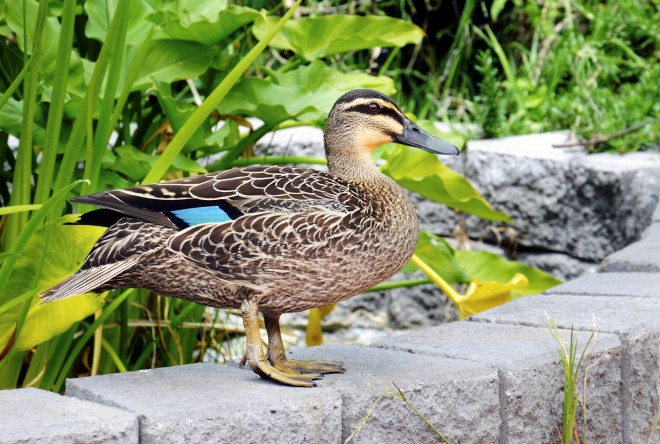Sixteen Interesting And Informative Facts About Ducks

If you have a large garden or smallholding and particularly if you have a pond, you might have considered keeping a few ducks, both for the entertainment and pleasure that this provides in its own right, and also to get some delicious duck eggs to eat!
There are several different species of ducks that are commonly kept in the UK, all of which have their own merits, and in this article we will cover sixteen interesting and fun facts about domestic duck breeds to provide a little more information on the species as a whole. Read on to learn more!
- Female ducks are often simply called ducks, but they can also be called hens. Males are called drakes, and a baby duck is of course called a duckling. A group of ducks altogether may be known as a team, a raft, or a paddling.
- Ducks can be found on every continent of the world, with the exception of Antarctica. Ducks fall into the familial group called Anatidae.
- The feathers of the duck are very nearly 100% waterproof, and even when a duck dives under the surface of their pond, their downy under feathers will remain dry. This is where the phrase “like water off a duck’s back” originates from! The weatherproof nature of the feathers comes about due to a combination of the structure of the feathers themselves, and the naturally waxy substance that covers the feathers. This substance is produced near to the tail by the preen gland, and ducks spread this substance all over their feathers by preening
- Ducklings are able to walk just a few hours after they are born, and are already born with the soft, yellow downy covering that we associate with chicks of all sorts. This is known as being precocial, which means to be mobile and relatively mature soon after birth.
- Mother ducks are very particular about where they take their ducklings to feed or swim, and will lead their duckling for up to half a mile over land to find the perfect spot that is both safe and provides all of the necessary resources!
- The vast majority of domestic duck species form male/female pairings for breeding, and remain monogamous for the breeding season. However, once the breeding season is over, it is every duck for themselves once again!
- The plumage of male ducks changes just after the breeding season into a type of plumage known as “eclipse.” This stage lasts for about a month until their full feather arrangement grows back in, and during this time, most male ducks are unable to fly, and are particularly vulnerable to predators at this time.
- Ducks that are nesting will line the inside of their nest with the soft, downy feathers from their chest, which they pluck out to use within the nest. This provides a very soft, insulated lining for the nest in order to keep the eggs both safe and warm.
- Ducks are opportunistic feeders and scavengers, and are omnivorous, meaning that they eat both plant and animal matter. The diet of the duck will usually include a wide range of things, such as duck pellets, grass, insects, seeds and grains, and possibly, fish, crustaceans and fruit if such things are available.
- While ducks are renowned for being very noisy and spending a lot of time quacking to each other, it is usually the female ducks making all the noise! Most male ducks are either totally silent, or have only very quiet vocalisations. Male duck calls can be very varied, including a range of chirps, grunts, whistles and brays.
- The bill of the duck is shaped perfectly to allow them to forage around in the mud on the banks of their ponds, and strain out the mud, leaving tasty morsels of food behind!
- Across the world, there are over forty different species of domesticated duck. The Pekin duck, or Long Island duck, is the most widely owned and raised breed worldwide, as these are prized for both their eggs and their meat.
- Ducks have been kept as farm animals and garden pets for well over five hundred years, and all of our domestic duck species that we know today are directly descended from either the Muscovy duck or the Mallard.
- Ducks are related to both swans and geese, and are the smallest of all of the related species. Other birds such as ducks and geese have much longer necks, wings and bodies.
- The large, webbed feet of the duck do not contain any blood vessels or nerves! This means that even when the ground or water is very cold, ducks are unlikely to get particularly chilly.
- Ducks do not do well if kept alone, and are very social creatures that are happiest kept in groups of a few females per male. However, there will be a definite pecking order within the group, and ducks will often fight over resources or the drake!

